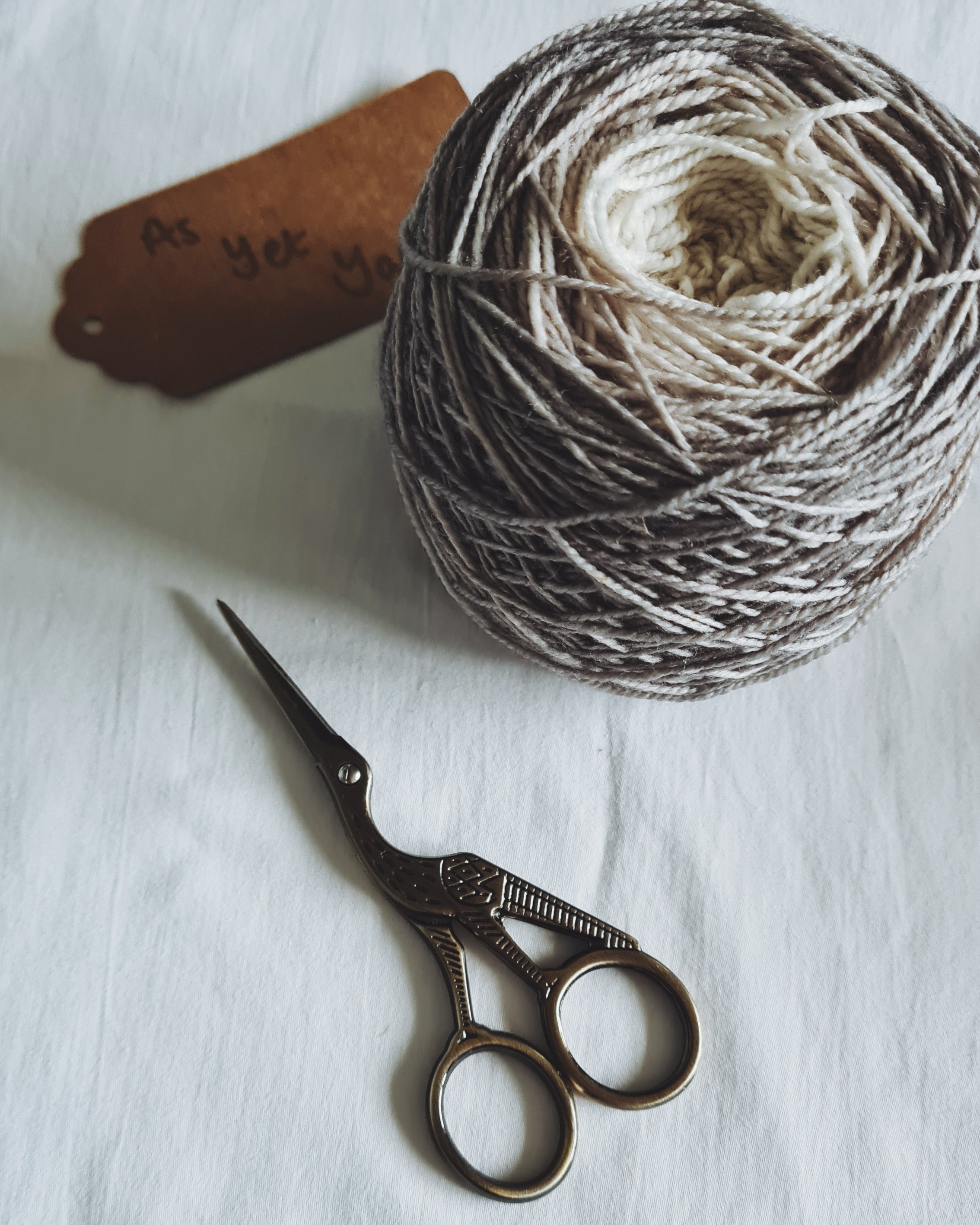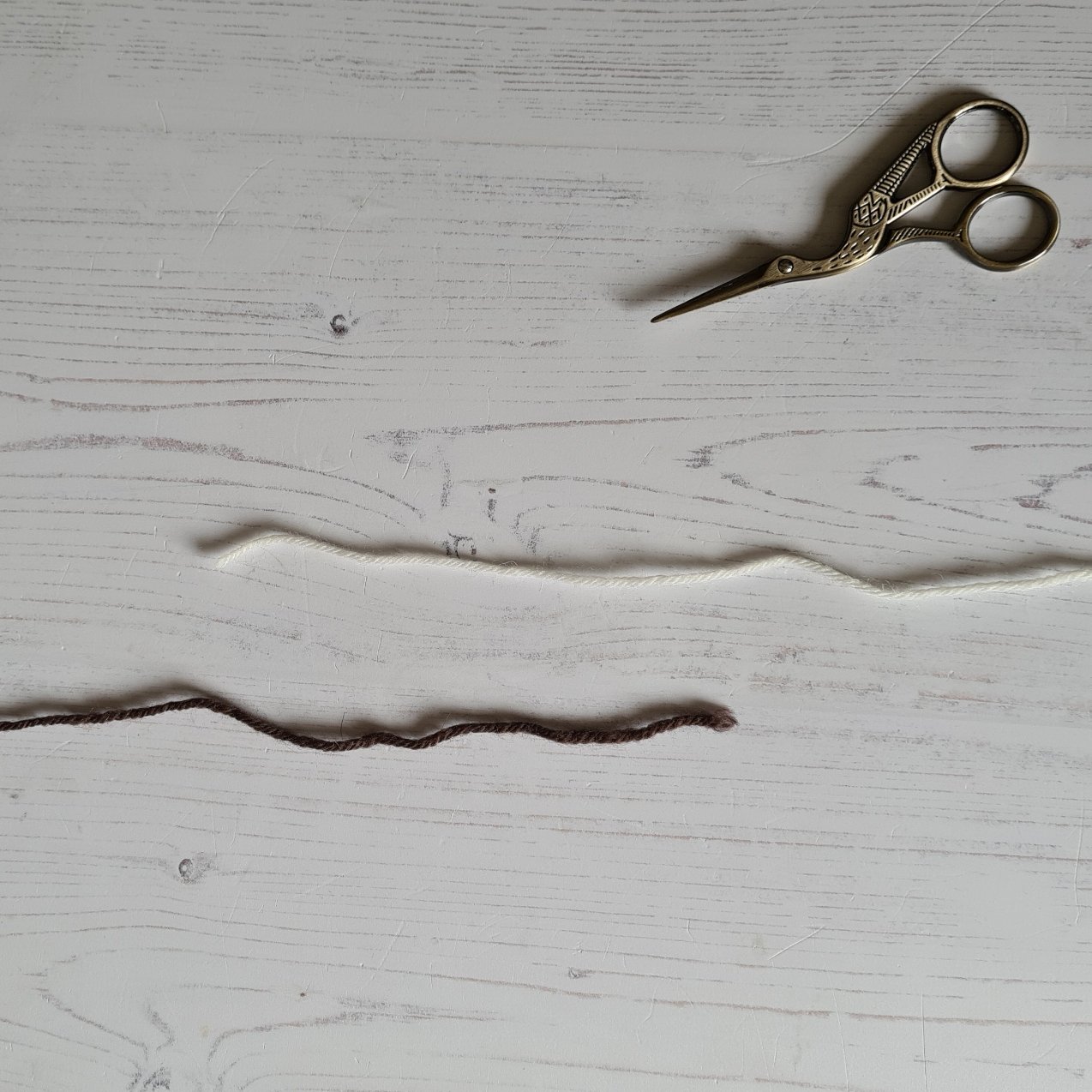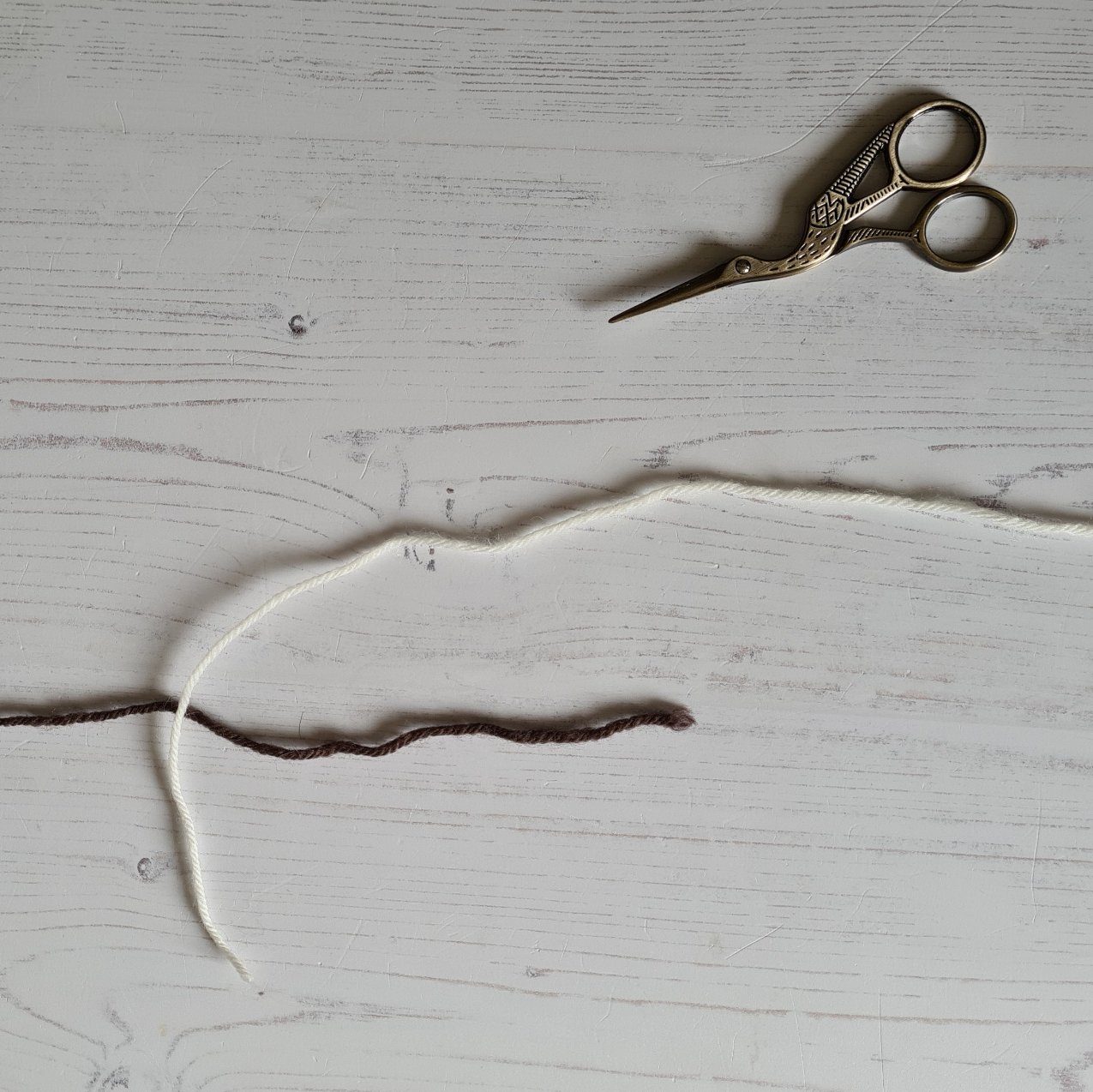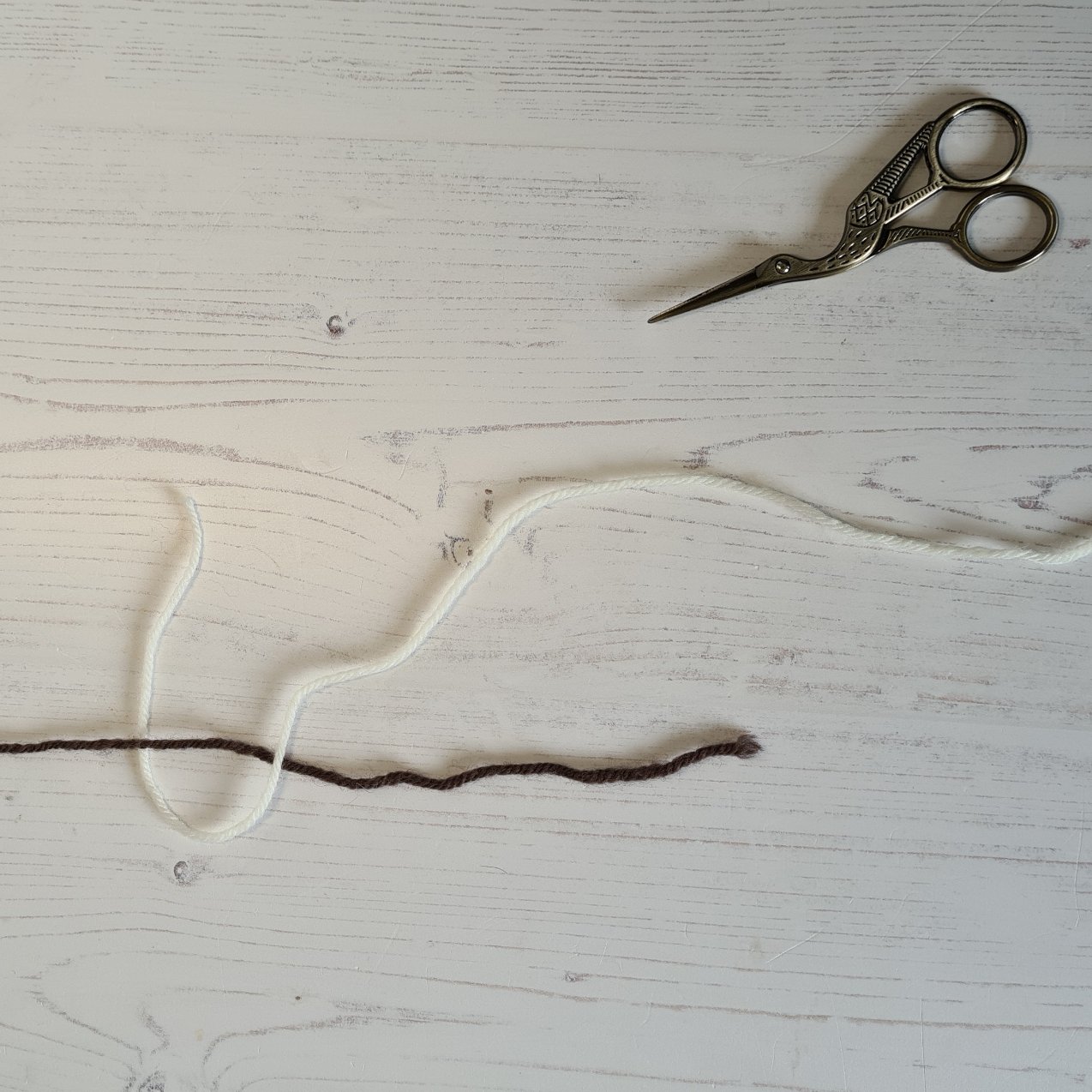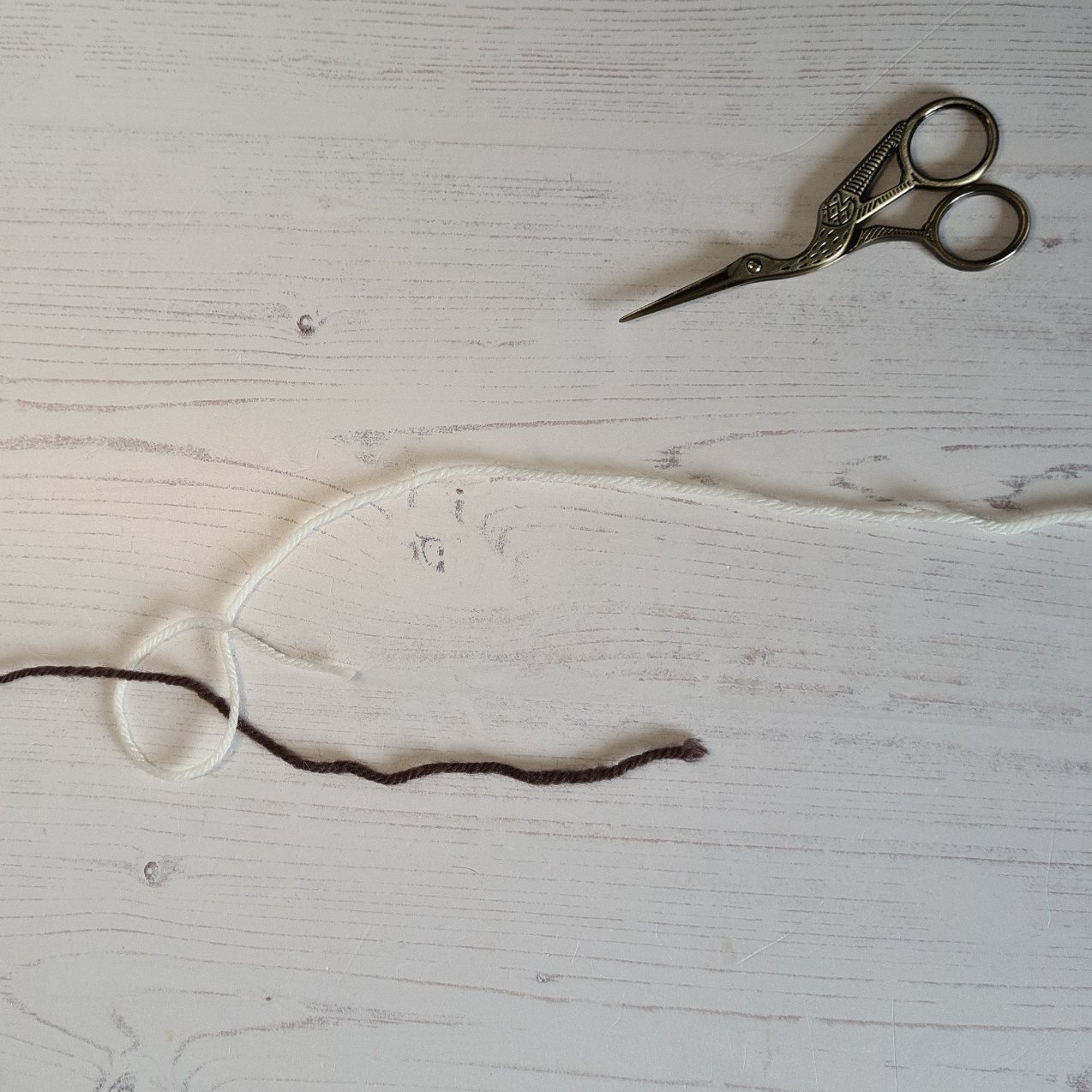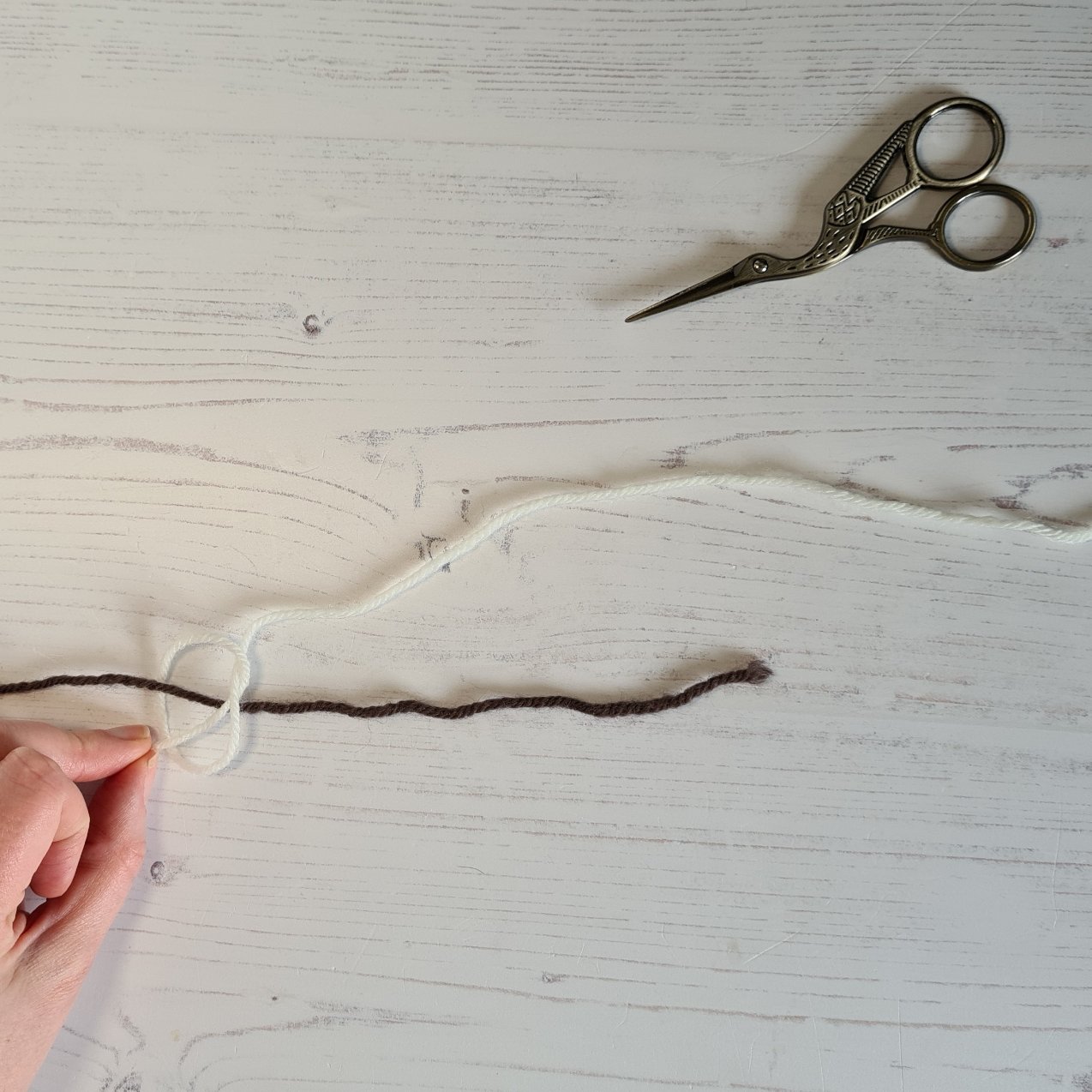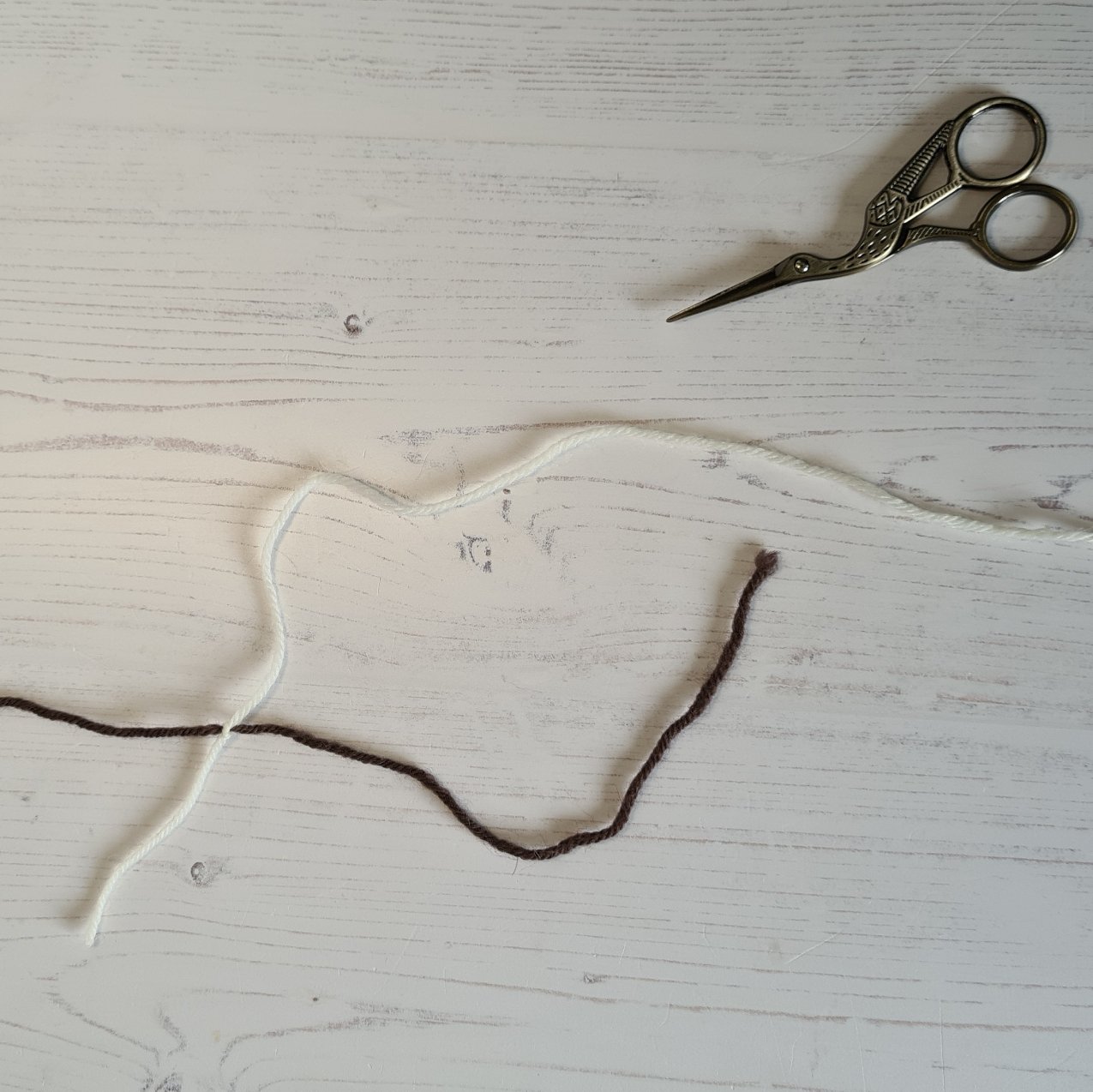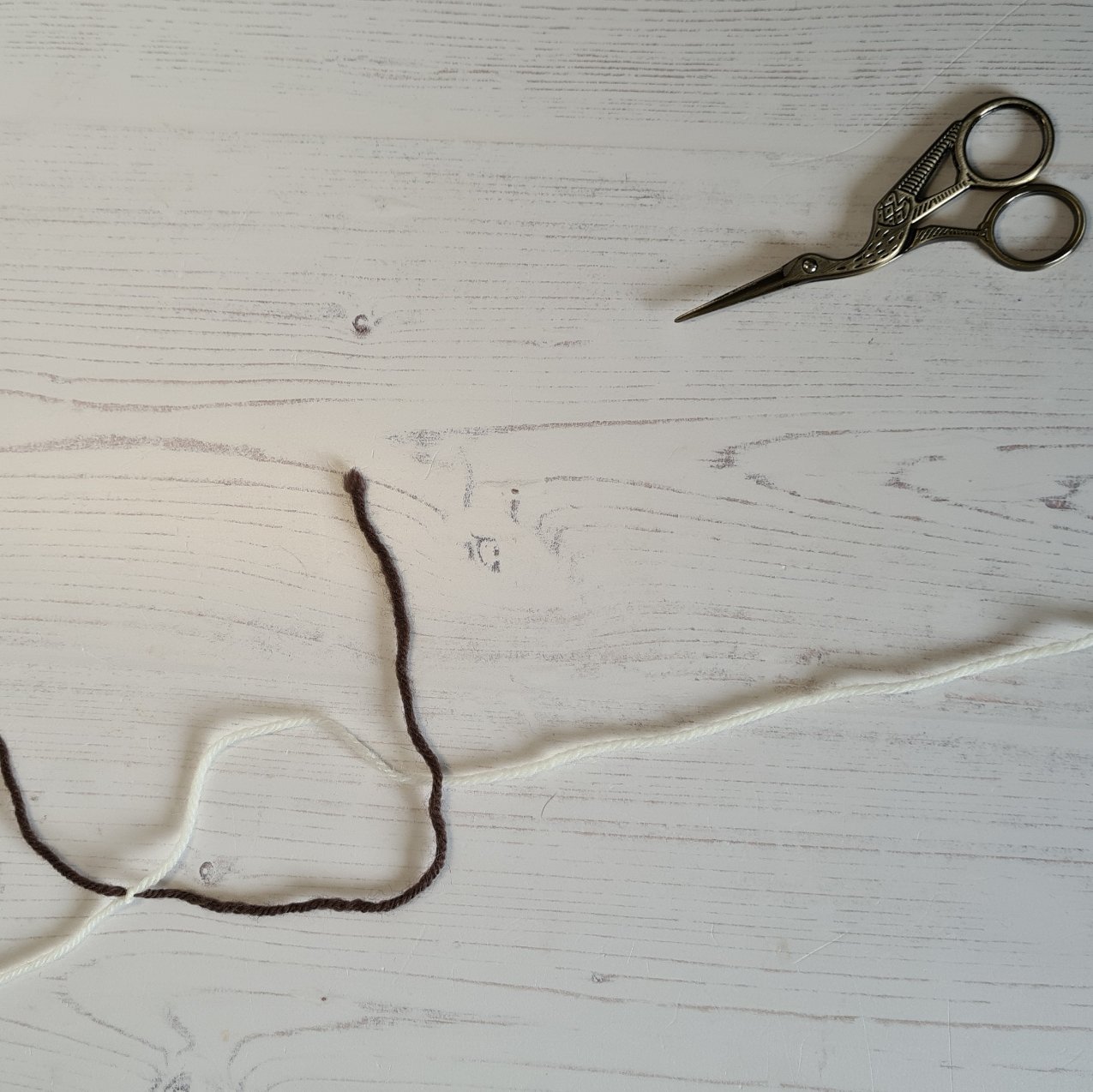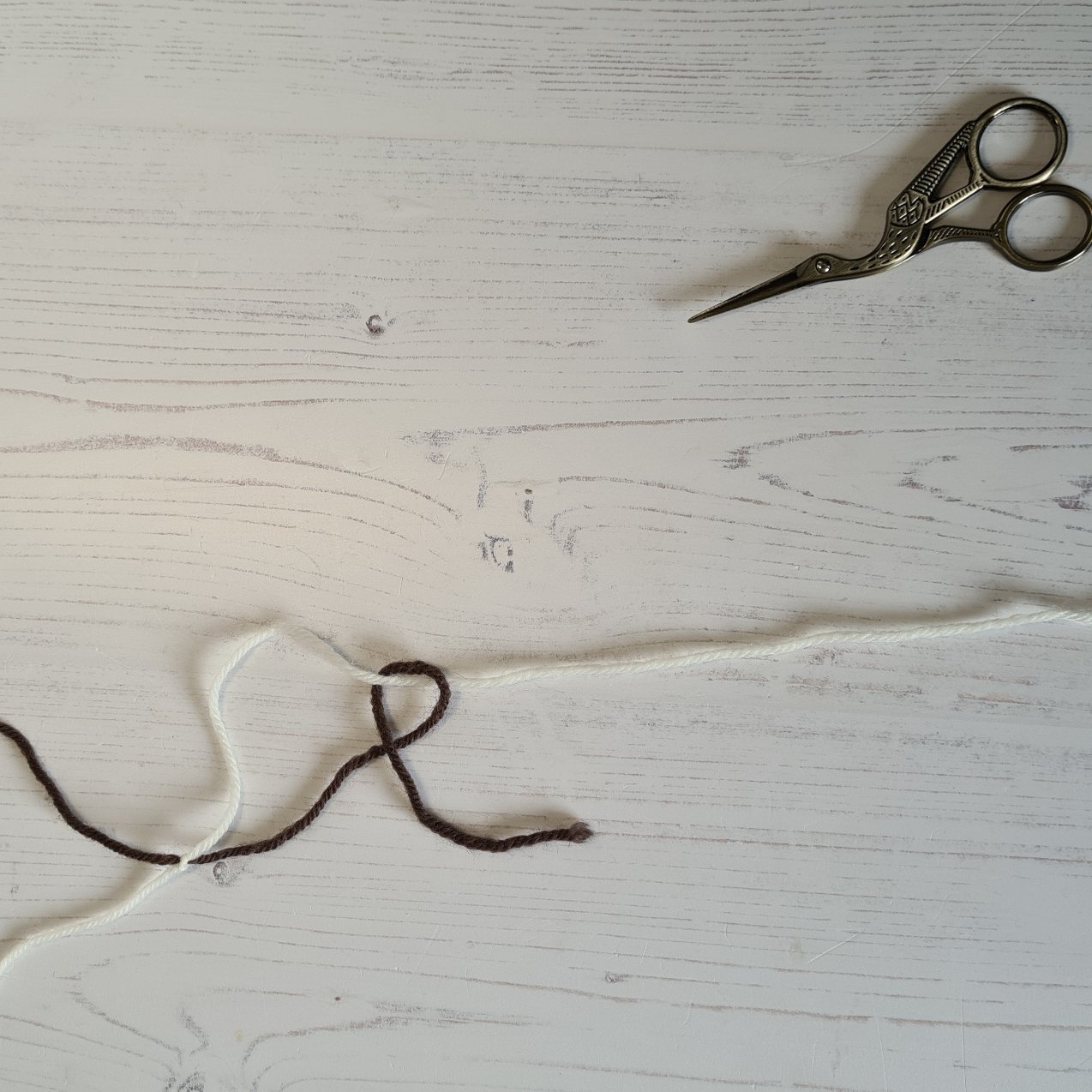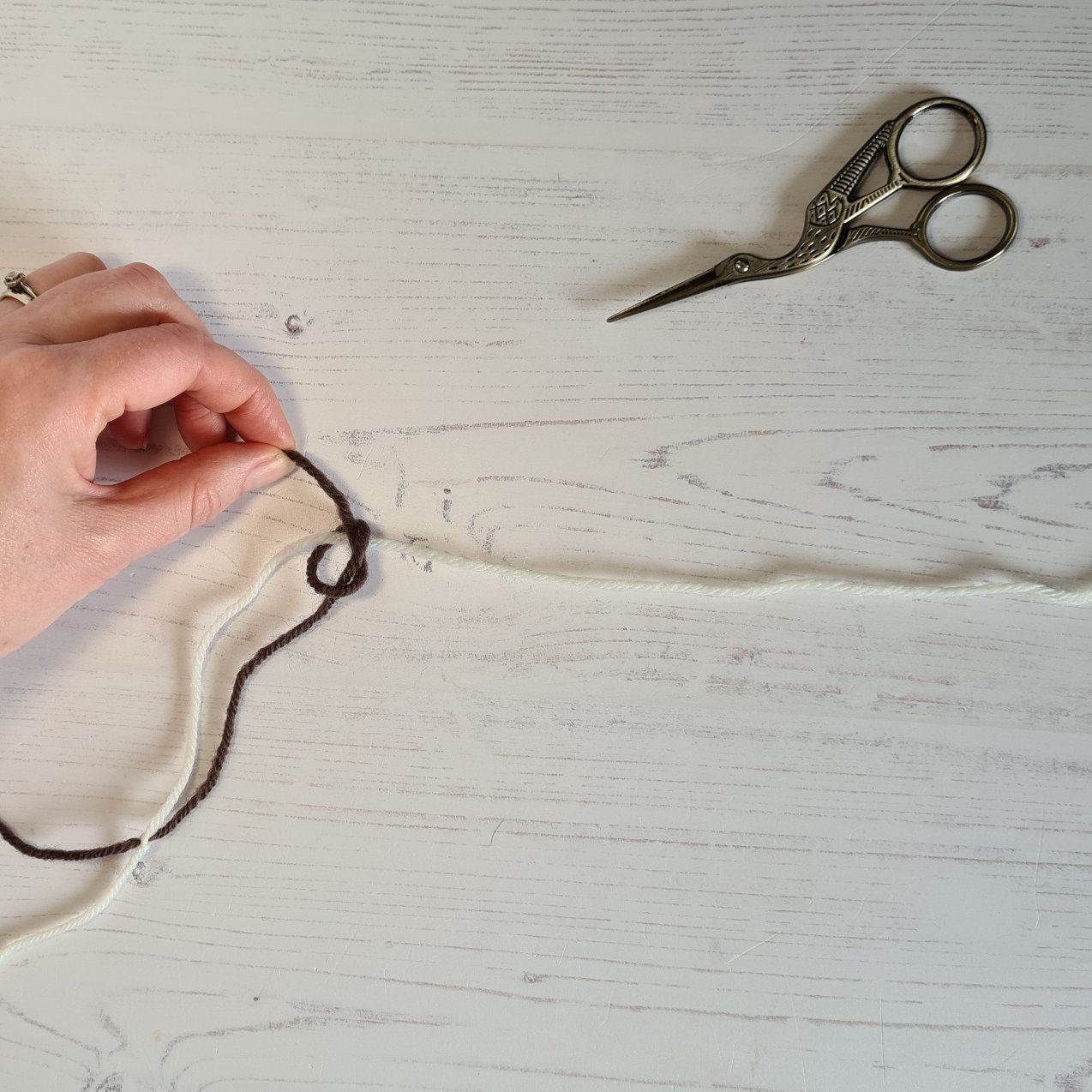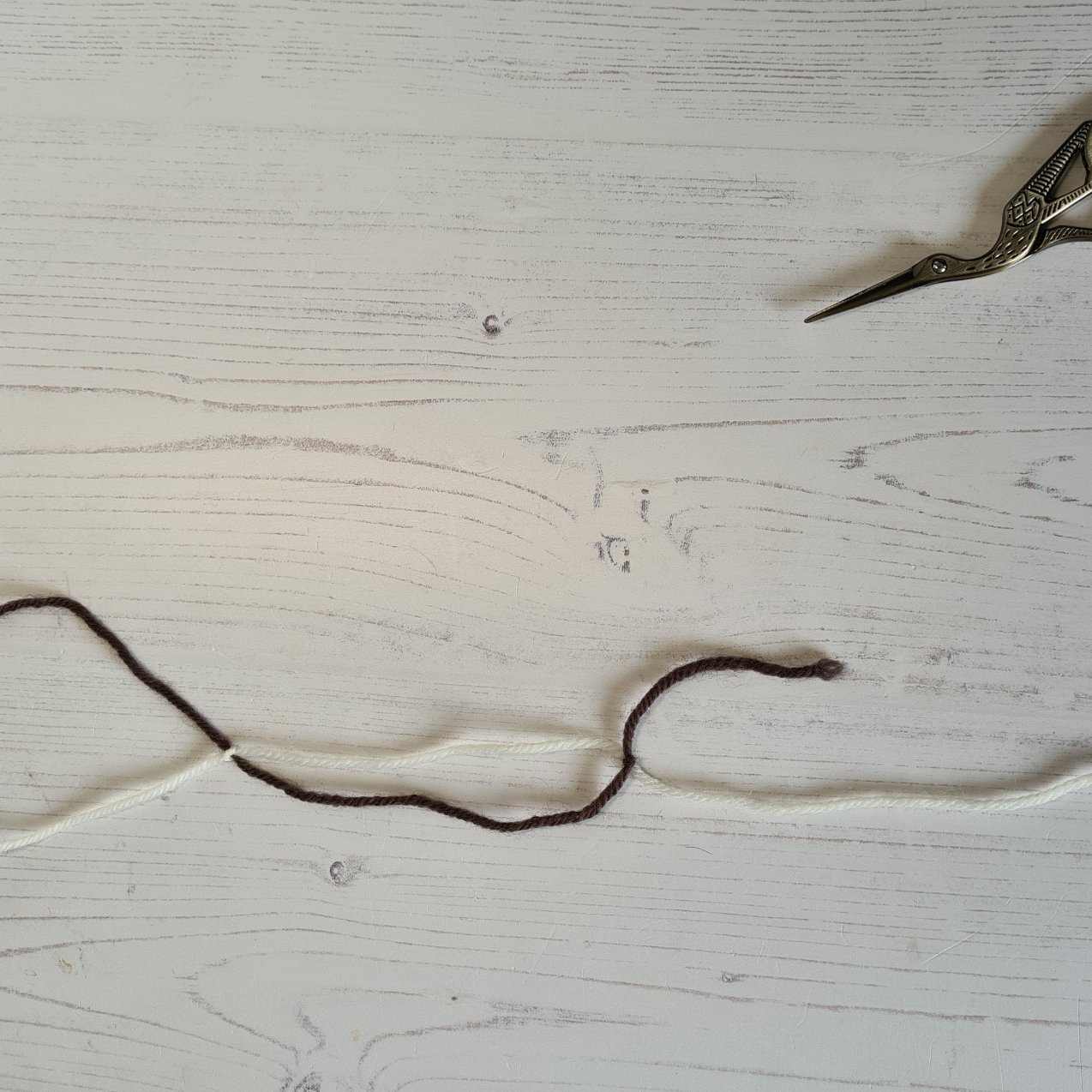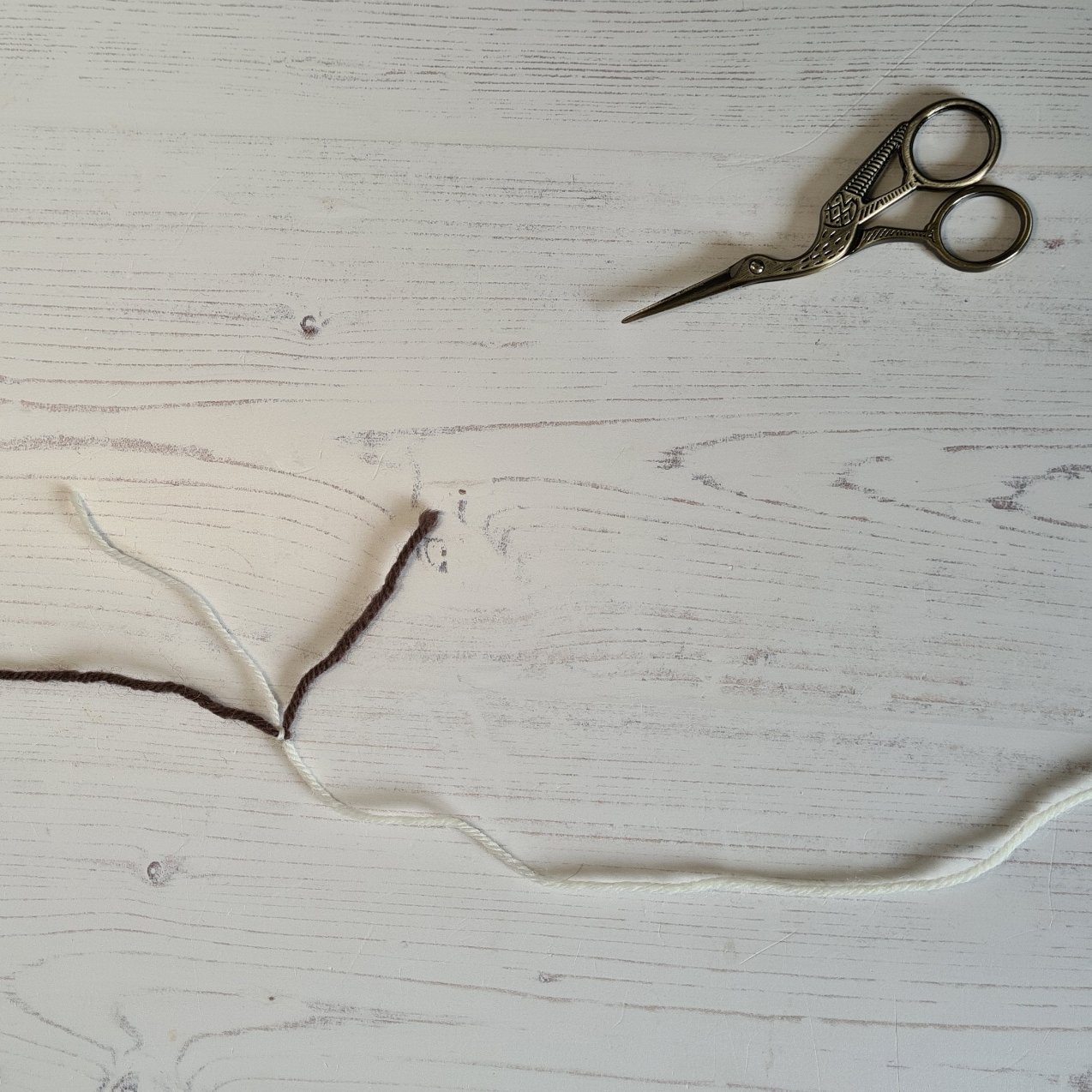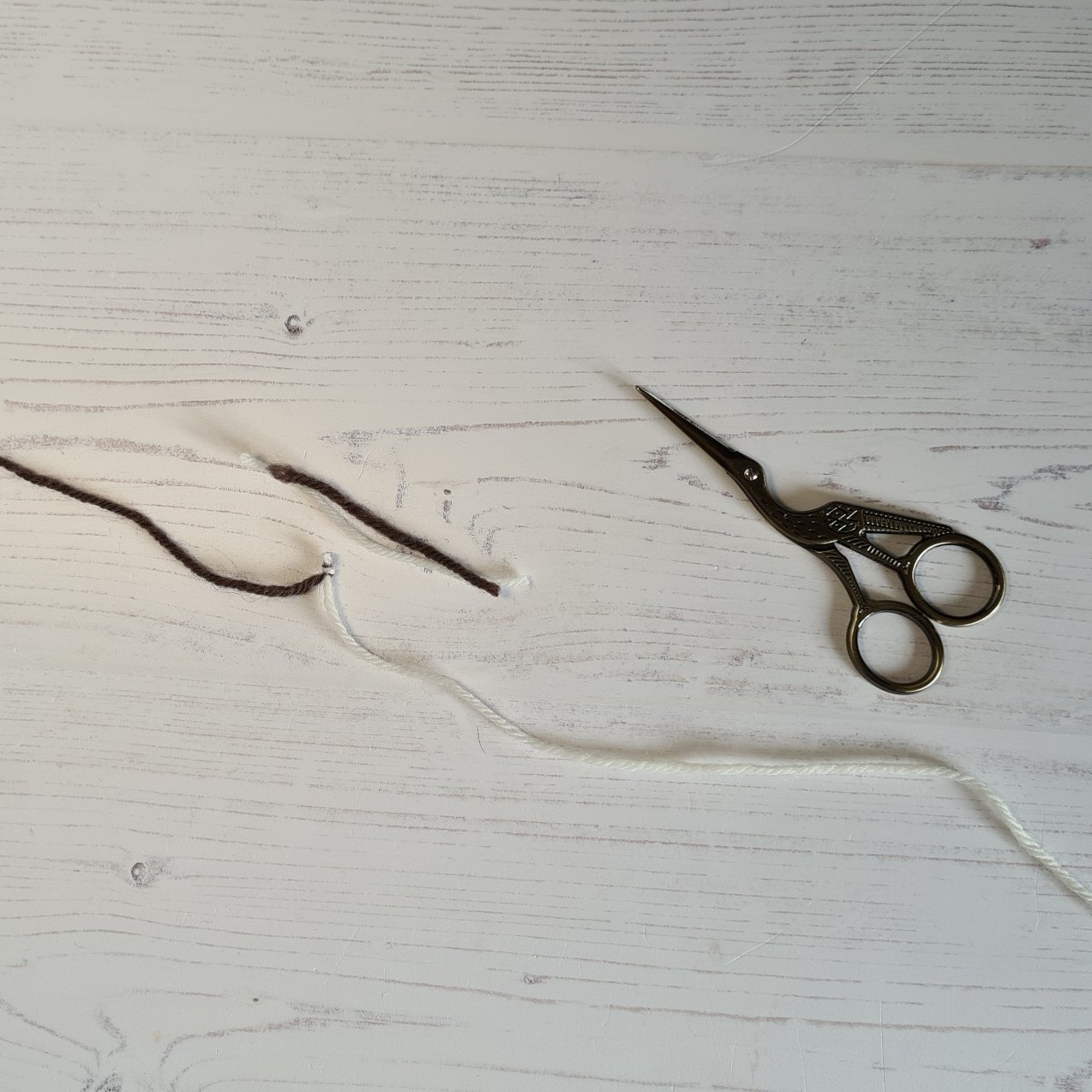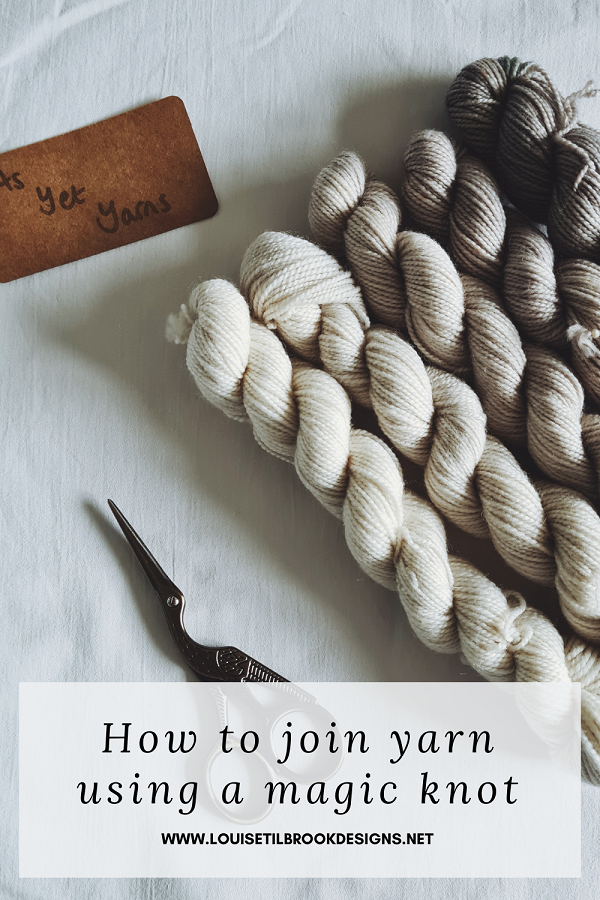More autumn excitement from me today as I am thrilled to present my latest pattern release with you. Things feel especially autumnal today - as I write this midmorning it’s still incredibly dark outside (I even have the big light on) and the rain is lashing down against the windows. Just right for thinking about cosy autumn knits.
The Colour Block Cowl was knit using 50g of contrast yarn for the 'colour blocks' and a 5 x 20g set of ombre mini skeins for the main colour.
I chose to use a mini skein set from As Yet Yarns, colourway Volcanic Mist, a gorgeously subtle gradient from lightest cream to mid grey.
For ease of knitting and so that nothing interrupted my 'flow' I wound the mini skeins into a cake before I started. I used the Magic Knit technique for this. If you'd like to try it there's a short tutorial up on my blog to show how I did it.
The cowl is a really straightforward knit with lots of stocking stitch - and it's ideal as a base to practice your colourwork on. You could knit the body of the cowl a little shorter if you prefer. As it is I had about 15g left over and I love that it is deep enough to wear folded over for extra warmth.


